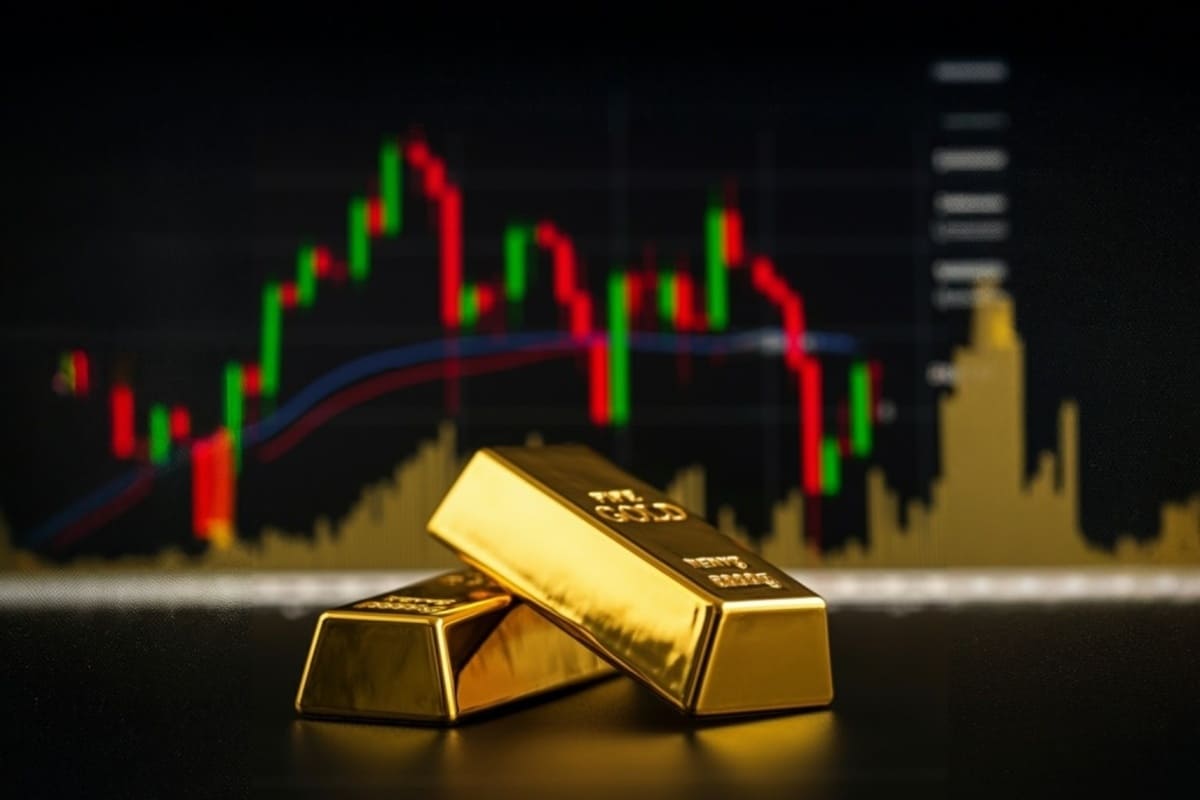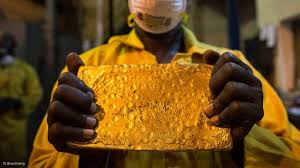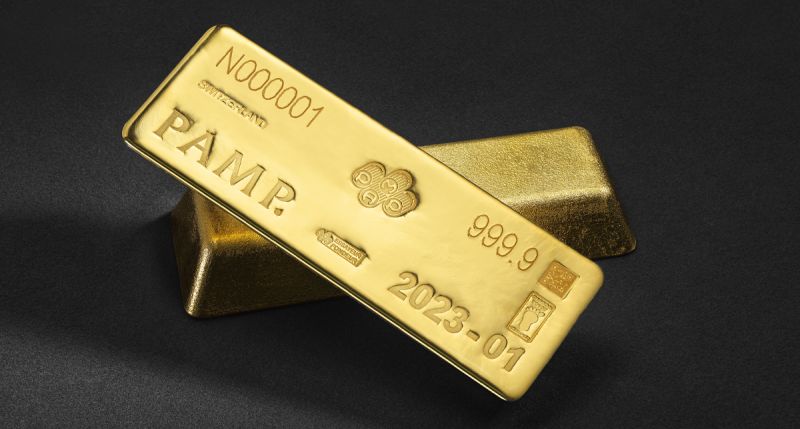Precious Metals

Dubai 24-carat gold price today climbs over AED444 as traders await further Fed insights

Gold prices saw a modest increase, reaching over $3,692 on Monday. The yellow metal edged higher following the U.S. Federal Reserve’s (Fed) interest rate cut during its September meeting, a move that was widely anticipated. Traders are anticipating a series of speeches from Federal Reserve officials this week, which may offer additional insights into the U.S. interest rate outlook.
In Dubai, gold rates rose, with 24-carat gold gaining AED0.64 to AED444.51, while 22-carat gold increased by AED0.59 to AED407.47. Additionally, 21-carat gold saw an uptick of AED0.56 to AED388.95, and 18-carat gold advanced by AED0.48 to AED333.38.
On the international stage, spot gold climbed by 0.16 percent to $3,692.34 per ounce, following its record high of $3,707.40 reached on Wednesday. Concurrently, U.S. gold futures for December delivery rose by 0.57 percent to $3,726.80.
The Fed lowered its benchmark rate by 25 basis points (bps) last week, marking the first rate cut of 2025. This decision was driven by indicators of a softening labor market and apprehensions regarding employment risks, even as inflation remains somewhat elevated. Reduced interest rates could diminish the opportunity cost of holding gold, thereby supporting the non-yielding precious metal.
Fed Chair’s “risk-management cut”
Fed Chair Jerome Powell characterized the rate cut as a “risk-management cut,” indicating that future decisions would be made “meeting by meeting.” This suggests a less dovish easing cycle than some investors had anticipated, which could, in turn, bolster the U.S. Dollar (USD) and exert downward pressure on the USD-denominated commodity price.
Traders will also keep a close eye on geopolitical developments. CNN reported that Russia executed a significant drone and missile attack across the country overnight into Saturday, as stated by Ukrainian President Volodymyr Zelensky. Despite ongoing diplomatic efforts to resolve the conflict, tensions have intensified in recent months. Geopolitical uncertainties in the Middle East and Eastern Europe could enhance the appeal of gold as a traditional safe-haven asset.
Gold prices have shown resilience recently, supported by a combination of Federal Reserve policy shifts and geopolitical tensions. The recent 25 basis point rate cut by the Fed marked its first easing move this year, reflecting concerns about signs of labor market softening despite inflation remaining above target. This cut reduces the opportunity cost of holding gold, which does not yield interest, making bullion more attractive to investors. However, Fed Chair Jerome Powell’s characterization of the cut as a “risk-management” move and his signal towards a cautious, meeting-by-meeting approach has left the market uncertain about the pace of future rate cuts, putting some pressure on gold prices through potential USD strength.
Mixed but bullish gold forecasts
Forecasts for gold remain mixed but generally bullish in the medium term. For instance, analysts at Goldman Sachs recently adjusted their 2025 gold price forecast upward, citing elevated inflation expectations and ongoing global uncertainty. Meanwhile, the geopolitical landscape continues to provide a natural support for gold as a safe-haven asset, especially with renewed tensions in Eastern Europe due to drone and missile strikes reported by CNN and persistent instability in the Middle East region.
Deutsche Bank has notably increased its gold price forecast, now projecting that gold could reach $4,000 by 2026. This optimistic outlook underscores the metal’s robust performance in 2025 and its lasting allure in the face of economic uncertainties. The bullish sentiment follows gold’s recent record highs, influenced by inflation concerns, geopolitical tensions, and a cautious stance from the Federal Reserve.
Further, commodity traders also watch central banks globally for cues. The European Central Bank and Bank of England remain on tightening paths, contrasting with the Fed’s dovish stance, which might contribute to fluctuations in gold’s USD-denominated price. Market participants are advised to track upcoming Fed statements and inflation data for additional direction on gold movements.












